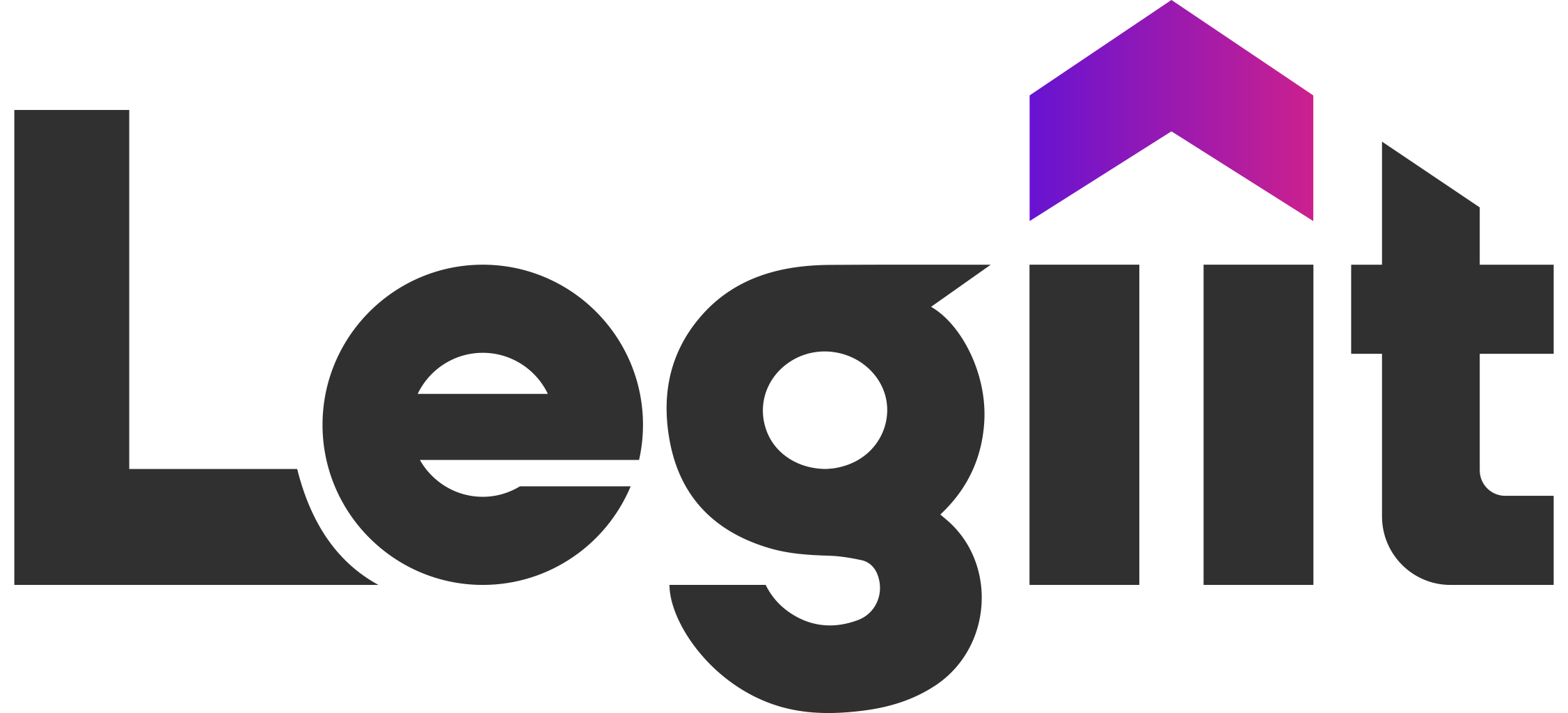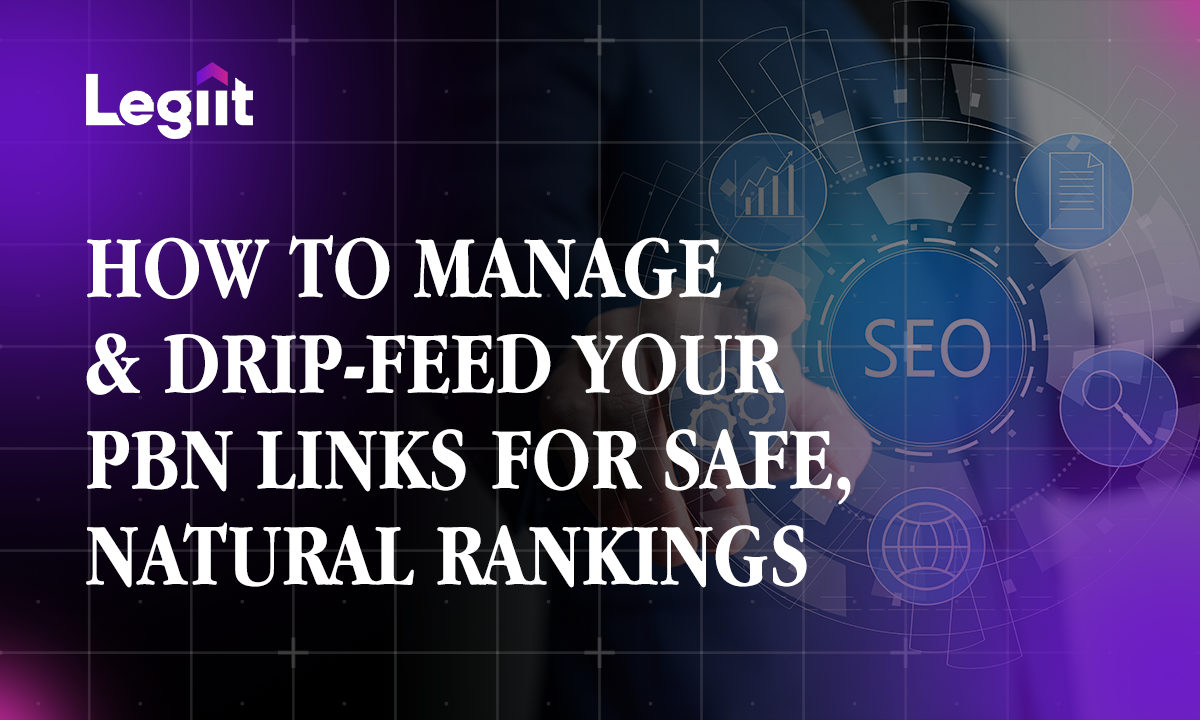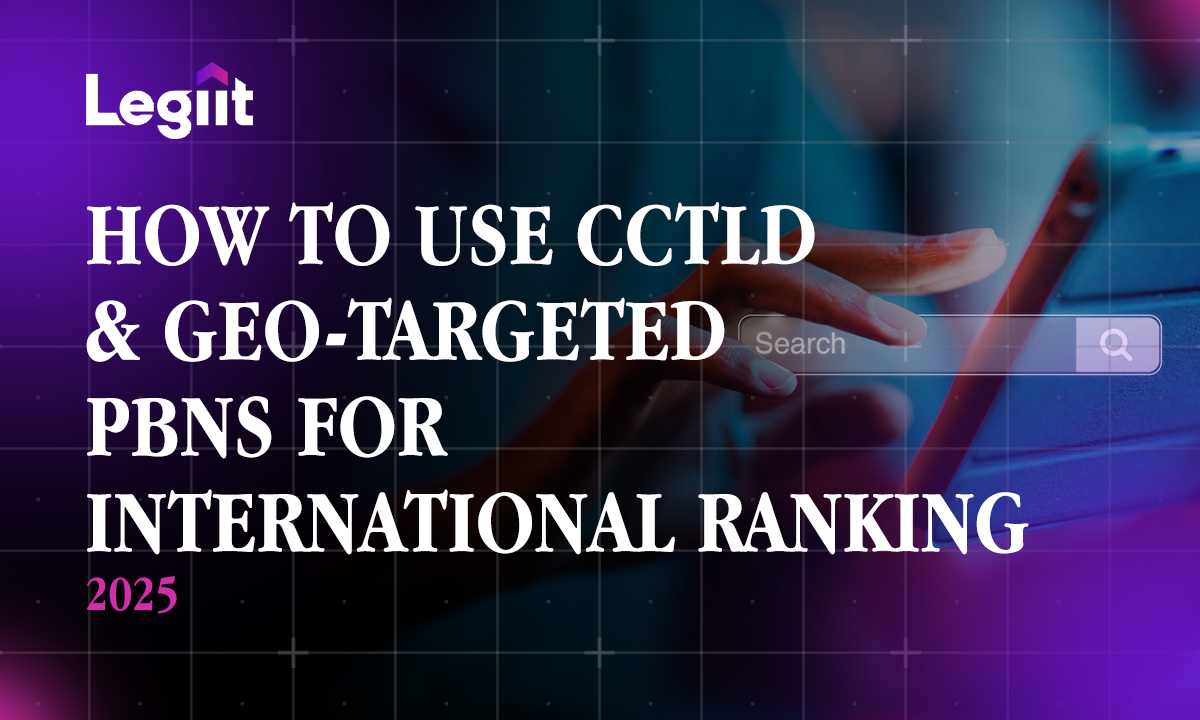Improving site speed is crucial for any e-commerce website. A fast-loading site ensures a better user experience, enhances search engine visibility, and drives organic traffic.
If you’re wondering, “Why is website speed so important?” it’s because slow loading websites lead to higher bounce rates and lower search rankings.
This post will show you how you can optimize your e-commerce site speed while boosting your SEO strategy.
Understanding the Role of Site Speed in E-commerce SEO
Your site’s speed directly affects your search engine rankings and overall website performance. Search engines like Google use page speed as a ranking factor.
When your web pages load faster, it improves user experience, leading to more engagement and potentially higher average order value.
This makes optimizing your site architecture and page load speed essential for improving core web vitals and maintaining high SEO rankings.
How Can You Improve Site Speed for Better E-ommerce SEO?
Start with Performance Testing
Before diving into solutions, assess your ecommerce site’s performance.
Tools like Google PageSpeed Insights, GTmetrix, and Google Analytics can help identify slow-loading elements.
Additionally, look at metrics such as load speed, core web vitals, and server speed. These tools also pinpoint issues like excessive HTTP requests, broken links, or duplicate content that may be affecting your site’s speed.
Optimize Website Content for Faster Load Times
One of the biggest culprits behind slow-loading websites is unoptimized website content.
Large images, heavy product descriptions, and poorly written code can all hurt your website performance.
Make sure you compress images, streamline meta descriptions, and ensure your product pages contain concise, relevant keywords.
Furthermore, avoid duplicate content across category pages or other relevant pages, as this can confuse search engines and hurt your SEO rankings.
Use a Content Delivery Network (CDN)
A content delivery network (CDN) distributes your website content across multiple servers worldwide. This ensures your ecommerce website performs well for visitors from different locations.
By serving web pages from the server nearest to the user, a CDN improves load speed and helps pages load faster on mobile devices.
Incorporating a CDN is one of the best steps for website performance optimization.
Enable Browser Caching
Browser caching stores parts of your website, such as images and scripts, on a visitor’s device. It allows web pages to load faster when they return to your site.
For e-commerce sites with repeat visitors, enabling browser caching can dramatically reduce load times and boost SEO performance.
Minimize HTTP Requests
Every element on your web page, including images, scripts, and stylesheets, generates HTTP requests. The more requests your site makes, the slower it becomes.
Minimize HTTP requests by combining CSS and JavaScript files, using lazy loading for images, and removing unnecessary plugins.
Also reducing HTTP requests improves site load speed, which directly enhances search engine optimization efforts.
Focus on Mobile Optimization
Many potential customers browse e-commerce sites on mobile devices.
Ensuring your site is mobile-friendly is vital for on-page SEO and search engine visibility.
In addition, optimize your site architecture, use responsive design, and test mobile load speeds using tools like Google PageSpeed Insights.
Faster mobile pages lead to better search results and a higher chance of attracting human visitors.
Leverage Google Tag Manager for Efficient Tracking
Using Google Tag Manager helps manage tracking codes without affecting your site’s performance. It ensures your ecommerce website doesn’t slow down due to excessive scripts.
Efficient tracking through Google Tag Manager also allows you to monitor website performance and identify areas needing improvement without compromising load speed.
Clean Up Your Site’s Architecture
A well-organized site architecture helps search engines crawl your ecommerce site efficiently.
Group related product pages and category pages logically, and link other relevant pages using proper internal linking.
This not only improves website navigation for human visitors but also enhances search engine optimization and helps create content that ranks higher.
Address Technical SEO Issues
It's important to perform keyword research to identify target keywords and optimize your website for relevant searches. You can use tools like Google Analytics to track your progress.
Additionally, it's essential to fix technical issues such as broken links and improve your core web vitals to boost SEO rankings.
Also optimize page titles, rich snippets, and long-tail keywords to ensure your ecommerce SEO strategy captures the attention of both search engines and potential customers.
Monitor and Improve Regularly
Improving ecommerce website performance is an ongoing process. Regularly test your site using Google PageSpeed Insights to identify new issues affecting page load speed.
Furthermore, stay updated on SEO trends, like the role of server speed or link building, to maintain high search engine rankings.
When you continuously refine your SEO strategy, you’ll not only boost SEO but also create a seamless shopping experience for your online store.
Conclusion
A fast e-commerce website is essential for attracting organic traffic, retaining visitors, and improving search engine visibility.
By optimizing load speed, enabling browser caching, and using a content delivery network CDN, you enhance both your site’s performance and search rankings.
Lastly, e-commerce SEO is a continuous process, so continue to monitor your progress and adjust your strategy to stay ahead in search results.















 Download
Download